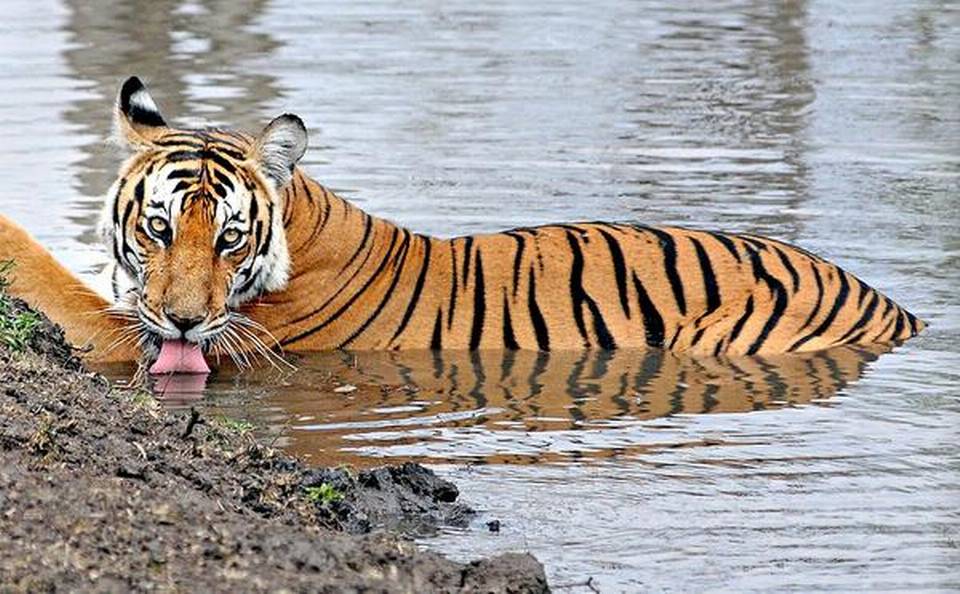
In terms of density, Nagarahole has 11.82 big cats per 100 sq.km and Bandipur has 7.7
Bandipur and Nagarahole lead in tiger numbers in the State followed by BRT Tiger Sanctuary, Bhadra and Kali tiger reserves, as per the ‘Status of Tigers, Co-predators, and Prey in India’ released on Tuesday.
In terms of density, Nagarahole has 11.82 tigers per 100 sq.km, while Bandipur has 7.7 tigers per 100 sq.km. BRT has 4.96 tigers per 100 sq.km and Bhadra has a relatively low tiger density pegged at 2.86 in the same area.
Other forests and sanctuaries where tiger presence has been found in significant numbers include M.M. Hills Wildlife Sanctuary, Madikeri Wildlife Division, Madikeri Territorial Division, Virajpet Territorial Division, Koppa Wildlife Division, and Haliyal Forest Division which is part of Joida taluk of Uttara Karnataka district, among others.
Based on the camera trap images, 127 individual tigers were identified in Nagarahole followed by 126 tigers in Bandipur, 52 in BRT, 30 in Bhadra, and four in Kali (Anshi-Dandeli) tiger reserve. Officials in the Forest Department, however, said these refer to the minimum numbers only as a sizeable number of tigers from the adjoining habitats utilise the reserve too.
Based on the 2018 tiger enumeration exercise, the summary of which was released last year, the new report released by Minister for Environment, Forest and Climate Change Prakash Javadekar in New Delhi ahead of the International Tiger Day to be observed on Wednesday, also evaluates vulnerable areas that require conservation attention.
While the summary of the Status of Tigers in India-2018 released last July pegged the number of tigers in Karnataka at 524 (with a minimum of 474 and maximum of 573), the new report analyses the status of habitat corridors connecting major tiger populations apart from providing information about the prey base and their density.
The density of prey animals including chital, sambar gaur, wild boar, and barking deer were also analysed and were found to be high enough to sustain the predator population in good numbers. The chital density was pegged at 51 per sq.km in Bandipur where 36 other species of ungulates, carnivores, omnivores, and even domestic animals were photo captured. Pangolin was the rarest species photo captured, followed by leopard cat, as per the report.
Giridhar Kulkarni, wildlife activist, said the increase in tiger numbers both within and outside the reserves augurs well for conservation. But such habitats and corridors are under serious threat due to linear projects like railways, highways, transmission lines etc. and called for notifying potential wildlife habitats as sanctuaries or national parks in Shivamogga, Uttara Kannada, Belagavi, and other districts.
A case in point is the analysis pertaining to the Cauvery Wildlife Sanctuary, where the report airs apprehension of the proposed Mekedatu dam and calls for critical re-examination as the project threatens to inundate a sizeable portion of the sanctuary.
source: http://www.thehindu.com / The Hindu / Home> News> States> Karnataka / by R Krishna Kumar, Mysuru / July 28th, 2020

